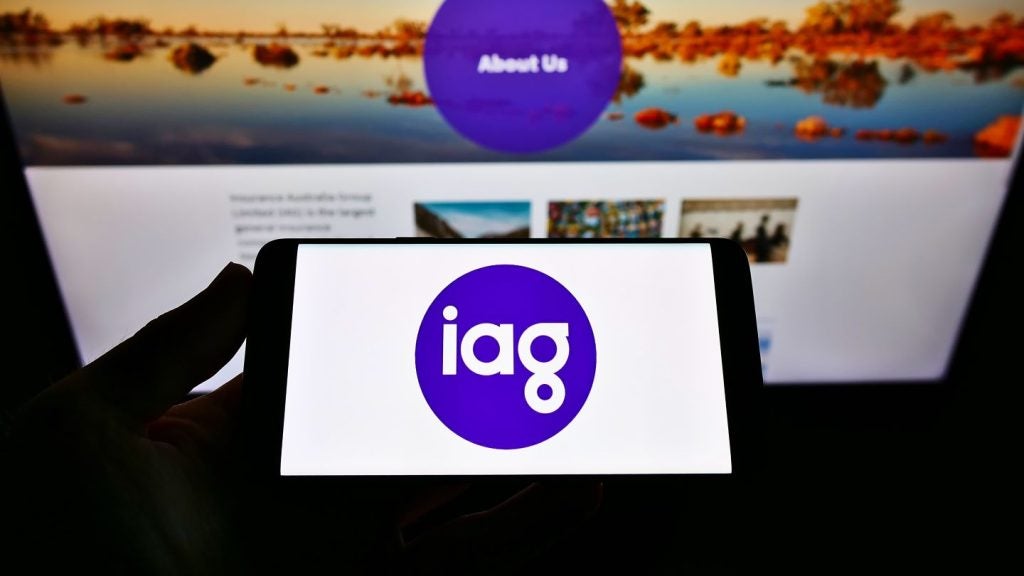The Affordable Care Act (ACA) in the US means
the country’s insurers are now required to provide consumers in the
private health insurance market with a brief summary of what a
health insurance policy or employer plan covers.
Consumers will also be provided with a uniform
glossary, containing standard, consumer-friendly insurance and
medical terms.

Access deeper industry intelligence
Experience unmatched clarity with a single platform that combines unique data, AI, and human expertise.
The Summary of Benefits and Coverage (SBC)
will include information about the covered health benefits,
out-of-pocket costs, and the network of providers. It will also
include a comparison tool, called Coverage Examples.
Coverage Example is modelled on the nutrition
facts label required for packaged food, that helps consumers
compare coverage options by showing a standardized sample of what
each health plan will cover for two common medical
situations—having a baby and managing type 2 diabetes.
The SBC became available from 24 September for
consumers in the individual health insurance market.
This information can be requested at any time,
but it will also be made available when shopping for, enrolling in
or renewing coverage. It will also be provided whenever
information in the SBC changes significantly.

US Tariffs are shifting - will you react or anticipate?
Don’t let policy changes catch you off guard. Stay proactive with real-time data and expert analysis.
By GlobalDataKathleen Sebelius, health and human services
(HHS) secretary, said: “These new tools empower consumers to make
informed decisions about their health coverage options and choose
the plan that is best for them, their families, and their
business.”
Both the SBC and glossary were developed in
collaboration with a range of stakeholders including the Department
of Labour, Department of Treasury and the insurance industry.
The US Supreme Court’s recent decision to
uphold ACA – widely referred to as Obamacare – means that from 2014
the 30m Americans who do not yet have health insurance will have
access to “affordable” private health insurance plans, according to
President Obama.







